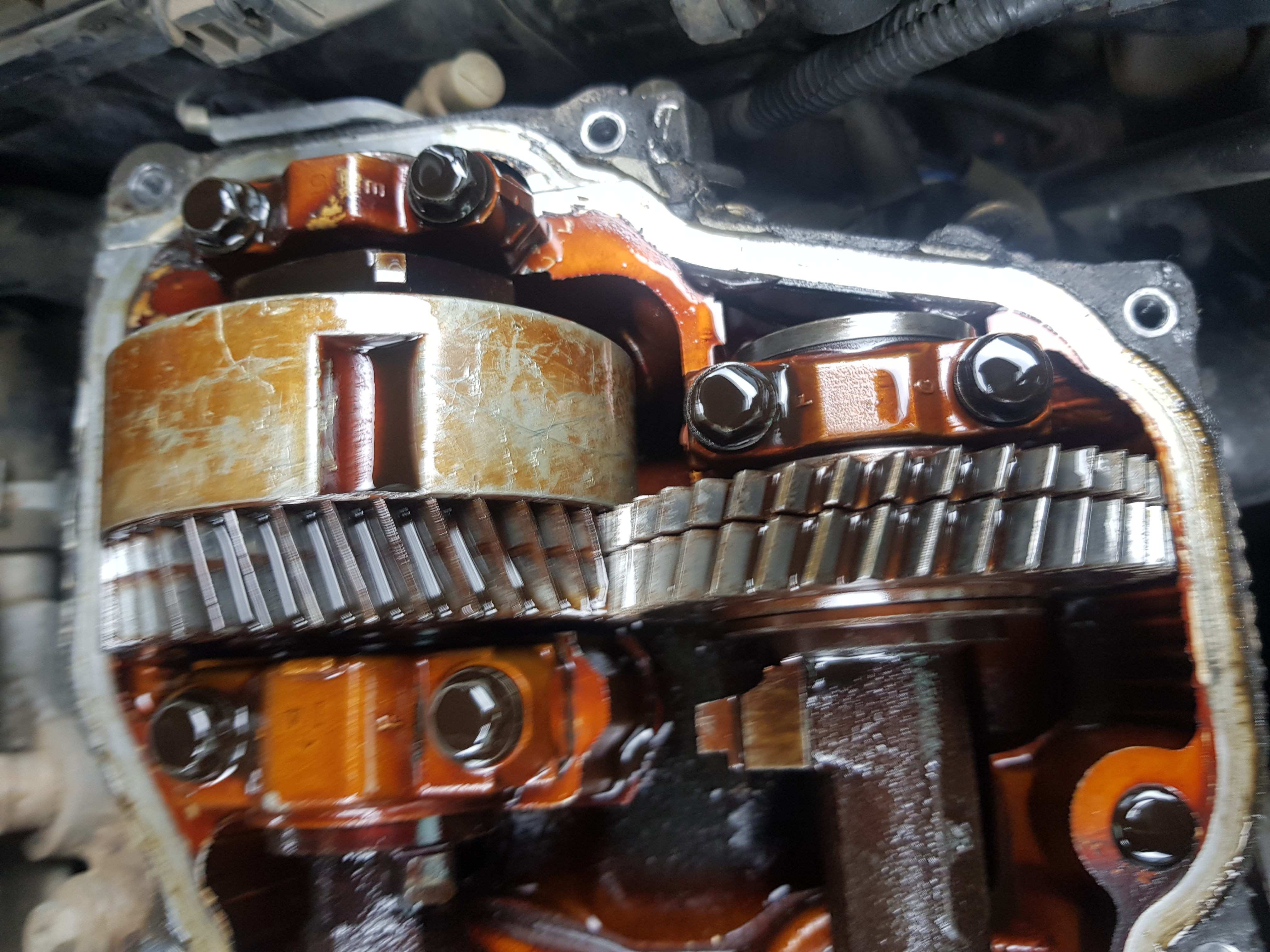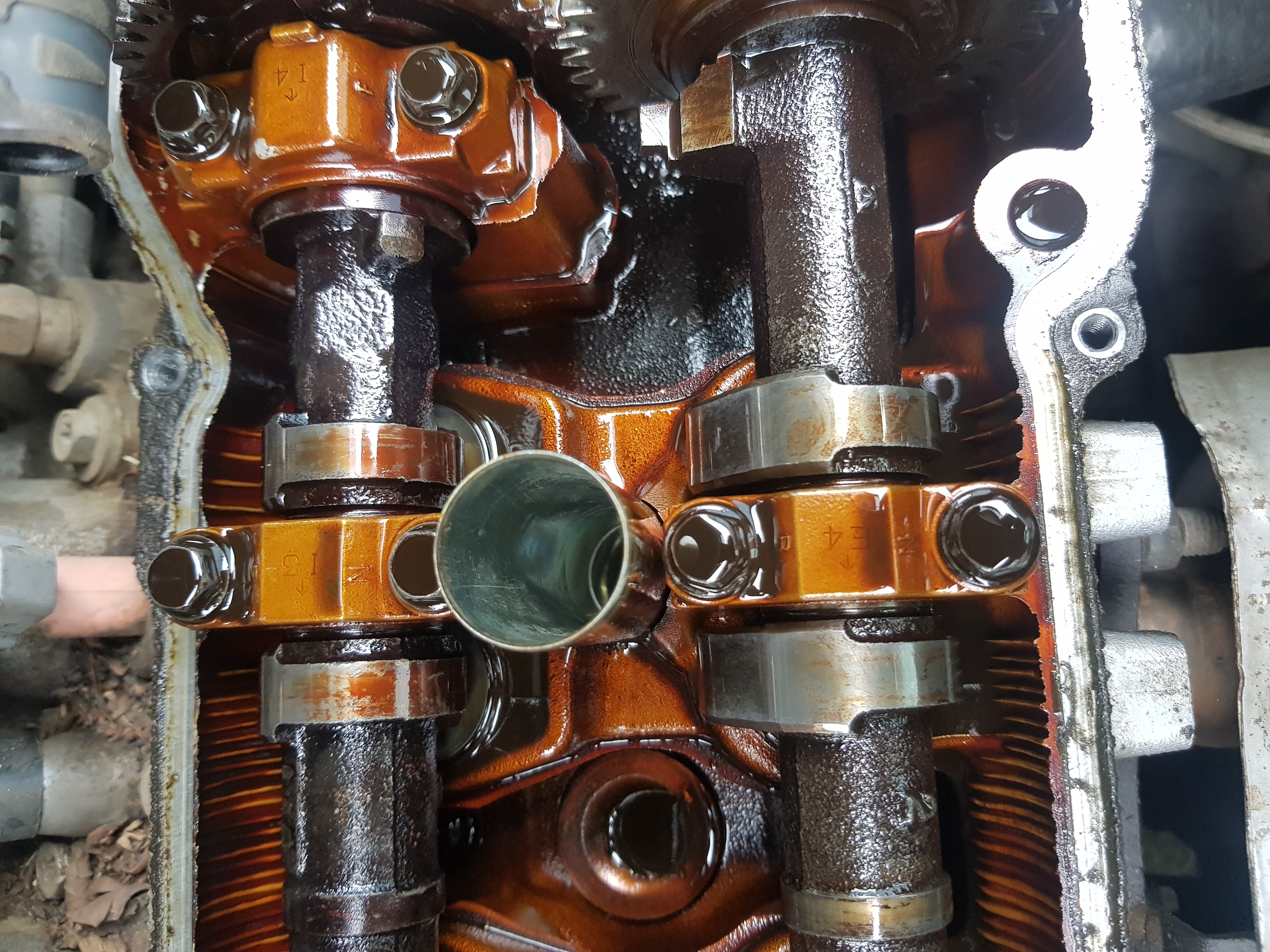Engine Performance Parameters

There are various parameters that can be used to measure the performance of an engine. And this is a very pertinent point in automobile. This has to be let known in this community because anyone that wants to learn more about automobiles could come in here and study to know the mechanisms and beauty of different classes of specifications of automotive engines. There are three good parameters that would be looked upon by me in this content, so I would love to start from the power aspect which is generated by the engine.
- Power
- Efficiency
- Fuel consumption
Why do I want to talk about these parameters? This is because many automobile users are not aware that the engines of their automobiles could be increased by performance parameters. Now can be performed in V8, V10, V12 cylinder vehicles, even in a diesel engine, we have to enlighten them.
In power, there is an indicated power which could also be calculated mathematically and this day, there are softwares both on iOS and .exe files that could calculate this. It is calculated as Energy divided by Time taken, its unit of measurement is kilowatts (KW). In cylindrical calculations, it is work per power cycle per cylinder × number of cylinders × number of power cycle per second. Pim × Vs × K × n/60.
where n= number of power cycles.
I want all admirers of great improvement performance in engines and car owners and maintenance officers that tend to neglect this to now realize that it is effective when performance are improved. Any questions you might want to ask, you could do so in the comment section.



Power
a. Indicated power (IP)
b. Brake power (BP)
c. Frictional power (FP)Efficiency
a. Indicated thermal efficiency
b. Brake thermal efficiency
c. Mechanical efficiency
d. Relative efficiencyFuel Consumption
a. Indicated specific fuel consumption
b. Brake specific fuel consumption
As the piston is reciprocating from top dead centre to the bottom dead centre, the crank is making a rotary motion. Initially, when the position of the piston is at the top dead centre, the position of the crank would be at a point. Then when moving from top dead centre to bottom dead centre, the crank will move from point A to B and from B to A when moving from bottom dead centre to top dead centre. This is because the crank moves in a rotary motion.
That's a lot of information and very detailed.
Thanks you very much for sharing this. I am sure that this will be very helpful to a lot of people.
I suggest you to post in stemgeeks community as well as they focus on engineering and science.
https://stemgeeks.net
Thank you. Well appreciated.
My word what a detailed post, thank you @maxlitereturned - what engine is it in the photos please? we have 3 cars all 4 cylinder ranging from 1.4L upto 2.3L, a Honda, VW and Mercedes Benz.
Thanks for your reply... this is a Honda product..
Ah cool, you'll see from our page we love our Honda cars, we've just had the FK8 on review and currently have an EP3 Type R outside we also own an EK4 with a D Series engine, thank you, which model is this Honda?
Amazing content